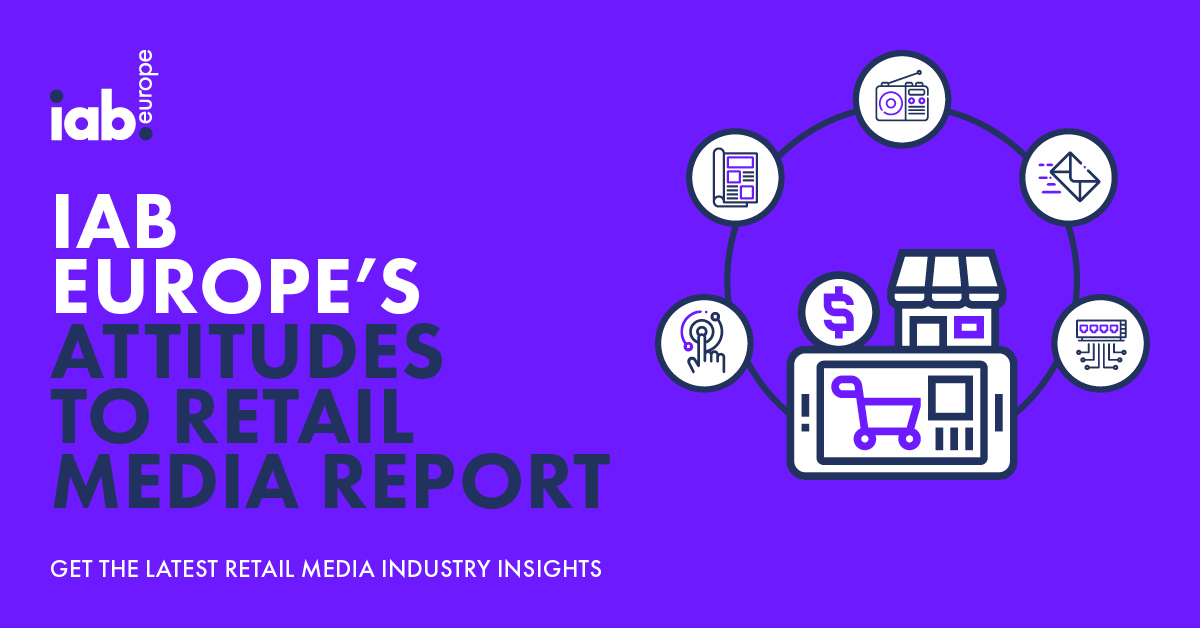The double whammy of Brexit and coronavirus are set to make UK retail a very different place in late 2020-early 2021, so many retailers are doing the obvious and looking overseas for growth opportunities. So what are the things that you need to consider and how do you meet those challenges?
Identify key markets
The first port of call is to assess which markets are likely to be ripe to expand into. Anyone selling online probably already has this information: look at where your traffic and sales are going. You might be seeing traffic coming from particular regions, or you may well be selling things in certain countries. Assess how many of these there are and look at how you may capitalise on that.
With that in mind, you also need to balance that level of interest – especially what you see as traffic rather than actual sales – with some of the other issues we come to below such as language, customs, shipping and returns. You may be getting interest from a particular market, but that doesn’t always translate into sales because there is a stumbling block. Get over that and you could open up a whole new market.
Equally, you may already be seeing interest in your goods coming from buyers in other countries. Chinese shoppers, for instance, are increasingly interested in the ‘quality’ of British goods, spurred into action by all the news about Brexit – there is, it seems, no such thing as bad publicity.
Customs, language and currency
Once you have identified potential new markets, it is worth looking at how to trade in those countries. In particular, you need to look at the customs around selling and the languages that they may want to use.
For example, in Germany, shoppers tend to buy from German-language sites that look and feel German. They also like a lot of detailed information on a product on a site – more than you find in many other countries – and, finally, they tend to like to pay by invoice on receipt and acceptance of the goods – and they want to pay in Euros.
This means that, to expand your sales into Germany, you need to try and tick all these boxes.
The same cultural mores come into play in most ecommerce markets, with many having their preferred language and currency and then a raft of other preferences that may just do. So, in Germany you can sell in English, but that combined with trying to charge in Stirling is possibly a deal breaker.
In China, they want it in Chinese – even ‘simple’ Chinese – but are prepared to pay in US dollars.
Understanding how they shop in the countries you are targeting is vital. Working with marketplaces can help you understand and test out markets prior to launching your own presence.
Taxes and tariffs
Another cultural-financial aspect of overseas trading lies in also understanding the taxes and tariffs that may be applied in exporting from the UK, or supplying into one market from another.
Brexit is likely to see new tariffs attached to UK good not only entering Europe, but also on now non-EU-based UK supplies selling into other markets. EU-based sellers have trade deals in place with non-EU countries. This will end for the UK come 2021.
Looking at the tariffs and taxes that this form of export drives will have cost implications – which will directly affect the price of your goods to the end-user. This must be factored in before looking to launch, as it could make what you sell unviable.
UX and CX
User experience (UX) and customer experience (CX) are, across the world, differentiators for most brands. With price often not the main consideration in terms of buying, the quality of the website and the service received is what swings it for customers – and is vital for making those customers keep coming back.
UX and, particularly, CX are also closely tied in with the culture and shopping habits talked about above. Understanding what constitutes a good service in any particular market is vital.
How you do this is more tricky. Essentially, good customer services and user experience are universal, but language and content, message and delivery options all form the more nuanced parts of the sell.
Keeping sites updated
One of the key challenges with trying to offer the right UX and good CX across a globally expanding footprint is keeping different sites up to date in different regions.
Not all products will fit each market. Not all content works in each market. Not all goods may be available in each market. How to manage the process of keeping multiple sites offering the right experience and branding, as well as the right lines and products – and keeping that all up top date based on live sales data – is quite a challenge.
The key lies in technology, as New Zealand homewares brand Fisher & Paykel has seen. It has worked closely with Salesforce and Tryzens to allow for a cloud-based hosting of multiple sites that can individually be updated and amended, independent of one another even when working off the same back end.
Delivery and distribution
We have already looked at the importance of well managed warehousing, distribution and delivery during the boom of ecommerce – for international expansion, it becomes even more crucial.
Much of the same principles apply.
- Warehousing needs to be located so that orders can be fulfilled in the time promised to the customers. Next day delivery to China from a warehouse in Telford isn’t probably going to work, so matching up where your goods are stored with where they need to go may require either offering longer shipping times, or locating more locally. To locate more locally may require third-party warehousing. This can potentially be tied in with third-party local suppliers of what you are selling, or you can ship goods to a more local warehouse to build stock. Managing how you do this is a technical challenge and, as we shall see, maybe something that is wholly outsourced along with all distribution and shipping. Marketplaces can be an interesting way to not only get a foot in a new market, but also can help with warehousing and, indeed, shipping internationally.
- Shipping is often the one actual part of your business that any overseas customer actually sees: they turn up on the doorstep (or, at the time of writing, at least a metre away from the doorstep). Shipping options are also an increasingly important way to differentiate your business from any others. The art to good overseas expansion – as it is with domestic ecommerce – matching up these delivery expectations with delivery options, all at a good price, is the key to success.Operating overseas exacerbates these issues. The distances are further and the costs more variable. Transit times, too, are less predictable. So how can you make it work? There are two main options: work with marketplaces that have a good local presence (or, Amazon, which has a good international presence in many countries) as this can help with not only testing the market, but can also help get the right goods warehoused and/or shipped. It also helps budget the costs of those deliveries. The second approach is to work with a carrier aggregator that can manage, for you, a bunch of different carriers, matching-up orders with their warehouse location, destination and speed of delivery required.
- Returns are the final piece of the distribution puzzle. Getting goods that are not right back is a problem for ecommerce domestically, but is potentially even more difficult when selling overseas. One way to approach it is to simple not handle returns. If the goods are no good either replace them or give the customer their money back. Writing off items may seem profligate in the extreme, but such is the complexity of managing a way to get things back – not least the cost you may have to bear in carriage – may make it simply the most cost-effective way to handle returns. If that isn’t for you, or your goods are high enough value to warrant returns, you need to work out how to do that. Here again marketplaces are useful, or using marketplaces to handle your returns can be an easy and more local way to do it. Alternatively, having a local warehouse presence can also make handling returns in an overseas market more straightforward. Getting goods all the way back to the UK is less easy. There are carriers in some countries that will collect returns and, when they have a lorry-full, will drive them back to the UK, but this is costly and ties up stock for undisclosed time.
In conclusion
Expanding overseas is vital to growth for all smaller UK etailers. The international nature of the web makes it easier to do than it ever has been, however there are a range of cultural, logistical and customer service aspects of doing it that are challenging.
Marketplaces can help get the process going – as well as helping with distribution, shipping and returns alongside your own site – but soon you will need to go it alone to build brand.
Technology that can manage inventory, sales, logistics and keep sites local in a joined-up way, is key.
Many retailers are doing it and we can see here how Fisher & Pykel handles CX and UX, how AIAIAI is fine-tuning its ecommerce architecture to do it, how Pro-Duo has managed its German and French sites in tandem and how Chinese and Japanese retailers do it to the rest of the world.









